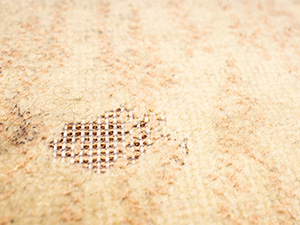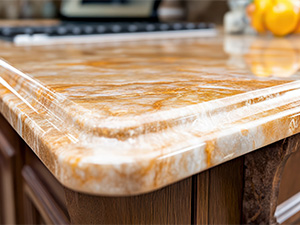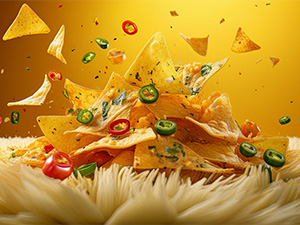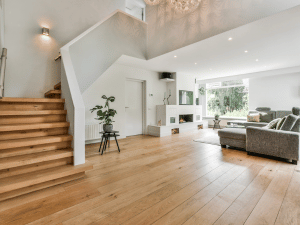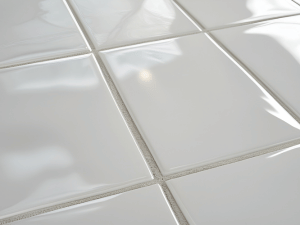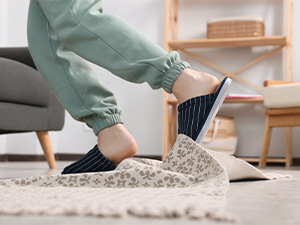Cleaning vs. Carpet Restoration
We make it a point to inform our customers about all things related to carpet care. From time to time, we are asked, “What’s the Difference between Carpet Cleaning vs. Carpet Restoration, and When Do You Need Each?”
At first glance, carpet cleaning and carpet restoration might sound like the same thing—but they’re actually quite different. Knowing which one you need can save you money, extend the life of your carpeting, and help you maintain a cleaner, healthier home.
What Is Carpet Cleaning?
Carpet cleaning refers to routine or maintenance cleaning designed to remove surface-level dirt, stains, and allergens. Most professional carpet cleaners use one of the following methods:
- Hot water extraction (steam cleaning)
- Encapsulation
- Bonnet cleaning
- Dry compound cleaning
The goal is to freshen up the carpet, improve appearance, and remove contaminants like dust mites, pet dander, and allergens. This is typically recommended every 6 to 12 months, depending on traffic, pets, and household habits.
When Carpet Cleaning Is Enough
Carpet cleaning is ideal for:
- Regular maintenance
- Light to moderate stains
- Refreshing a dull appearance
- Odor removal
It works well when the carpet is in good condition overall and just needs a deep clean to look and feel better.
What Is Carpet Restoration?
Carpet restoration goes far beyond cleaning. It involves reviving heavily soiled, damaged, or neglected carpet and can include:
- Deep extraction and agitation
- Specialized stain removal
- Padding or backing repair
- Deodorizing and sanitizing
- Stretching or reinstallation
This process is typically handled by restoration contractors who specialize in saving carpets that are on the brink of needing replacement.
When You Need Carpet Restoration
Carpet restoration is the right choice when:
- There’s water or smoke damage
- Stains are deeply embedded or widespread
- The carpet smells musty or moldy
- Pet accidents have soaked into the pad
- There are wrinkles, ripples, holes, rips, or separations
Restoration may also be part of larger damage recovery, such as after flooding or a fire, and is often covered by insurance when part of a loss claim.
Which One Should You Choose?
If your carpets are structurally sound and mostly just look dirty or smell musty, a deep professional cleaning may be all you need. But if the problems go beyond the surface—or if past cleanings haven’t helped—it may be time to consider restoration services.
The Bottom Line
Regular carpet cleaning is like getting a tune-up for your flooring, while restoration is more like calling in a mechanic after a breakdown. If you’re unsure, your trusted PRO can assess your carpet’s condition and recommend the right solution.
By Sharon Koehler. This article is one of a series of Caring For It™ articles written and published on behalf of Surface Care PRO Partners.

